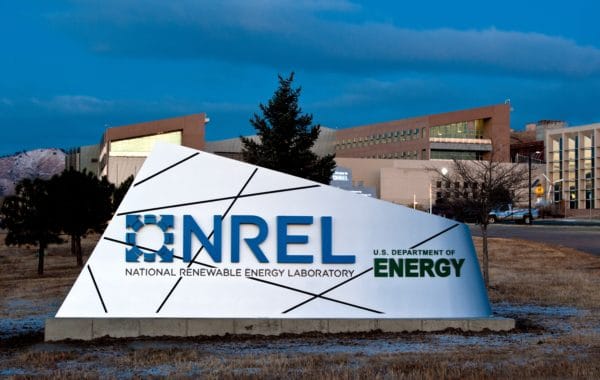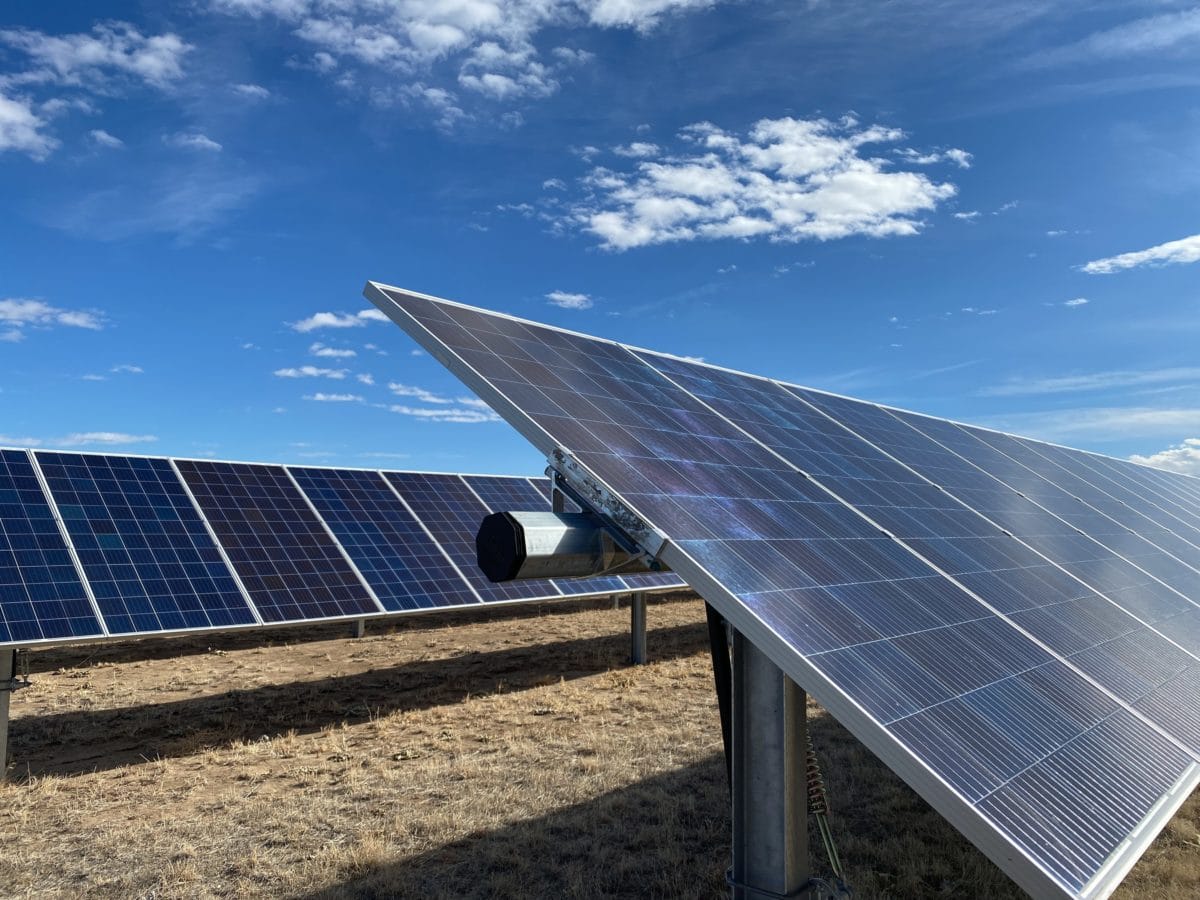SunPower said it plans to extend its residential installation business into seven new markets across six states by the end of the second quarter. Markets targeted for the first quarter include Tucson, Ariz.; Fresno and the Greater Central Valley, Calif.; and Orlando and Ft. Lauderdale, Fla. Later this year SunPower will launch in Denver; Raleigh, N.C.; and the Washington DC metro area. The company said it plans to hire more than 300 field technicians across these cities in 2021 and to complete twice as many installs year over year.
Pivot Energy solar gardens
Denver-based Pivot Energy said it completed 12 new community solar gardens totaling 34 MW of capacity in Illinois. The company was awarded the portfolio in 2019 as part of the Illinois Adjustable Block Program. Nine of the solar gardens are currently operational and producing energy for ComEd and Ameren utility customers. The remaining three gardens will come online in early spring.
Enphase completes acquisition
Enphase Energy closed its acquisition of Montreal-based Sofdesk Inc. Sofdesk’s Solargraf software provides solar installers with pre-sales engagement design, quoting and work-flow management; and also a software product that enables roofing contractors to generate homeowner proposals using advanced machine learning technology.
Enphase said the acquisition is expected to provide the following benefits:
- Secures a software platform that helps create a reliable and predictable buying experience across the residential solar market,
- Adds significant resources to accelerate the software product roadmap and provides “best-in-class customer service” to Sofdesk’s solar installer base
- Offers digital sales enablement tools and services to Enphase installers for homeowner proposal generation, permitting, third-party financing, and post-sales support
- Develops a new customer segment of roofing contractors
- Augments Enphase’s existing software engineering capabilities with software engineers who have Artificial Intelligence and Machine Learning expertise
Solar donation backs IREC
Interstate Renewable Energy Council (IREC) received a donation of a 1.2 MW solar installation, valued at $1.7 million, from The Conti Group.
The donation is the largest unrestricted charitable contribution that IREC has received. Through a long-term power purchase agreement, the system will generate revenue to help support the organization’s programs for at least 13 years.
The gift was facilitated by donated services from Enertis and Perkins Coie LLP. Enertis provided a pro bono engineering evaluation of the system and Perkins Coie LLP provided pro bono legal services relating to the transfer of ownership.
The solar PV system is located on a Marine Corps base in Barstow, Calif. Upon completion, ownership of the associated limited liability corporation, Sundurance Barstow, LLC—which holds the long-term PPA—was transferred to The Conti Group. Conti then donated the Sundurance entity to IREC, with the transfer of ownership completed at the end of 2020.
IREC develops and advances the regulatory reforms, technical standards, and workforce solutions needed to enable the streamlined integration of clean, distributed energy resources.
NREL launches storage futures study
The National Renewable Energy Laboratory launched a multiyear Storage Futures Study to explore how energy storage technology advancement could impact the deployment of utility-scale storage and adoption of distributed storage, as well as future power system infrastructure investment and operations.
In the first report in the series, The Four Phases of Storage Deployment: A Framework for the Expanding Role of Storage in the U.S. Power System, NREL analysts outline a framework for the possible evolution of the stationary energy storage industry and the power system as a whole.
The framework presents a value proposition of cost-competitive storage deployment in four phases, potentially resulting in hundreds of gigawatts of installed capacity and a significant shift in our electric grid.

Image: NREL/Dennis Schroeder
Phase One: Short-Duration Storage to Provide Operating Reserves
Assuming the cost of most storage technologies increases with duration, the analysts make a case for deployments following a natural progression from shorter to longer duration over time, particularly aligned with current and anticipated growth in photovoltaics and wind power. Phase one builds on the history of energy storage on the grid that has been primarily supplied by pumped storage hydro.
In phase one, short-duration storage provides operating reserves to the grid, increasing or decreasing output for a short amount of time to help maintain the balance of supply and demand on the grid.
Phase Two: The Rise of Battery Peaking Power Plants
Falling battery prices have introduced the opportunities for the deployment of batteries with 2–6 hours of duration to meet peak demand on hot summer days or in extreme cold.
Batteries’ cost-competitiveness is based on their ability to provide the same level of peaking capacity compared to traditional resources such as gas turbines. NREL analysts found significant opportunities for batteries with 4-hour durations.
Phase Three: The Age of Low-Cost Diurnal Storage
Decreased value of shorter-duration capacity marks the transition to the advent of storage technologies that can provide additional or lower-cost services to meet longer peak periods.
Phase three largely depends on how much storage costs decline and variable renewable energy deployment increases. At higher levels of variable generation deployment, cost-effective storage with up to 12 hours of duration could potentially provide significant amounts of capacity-related services.
Longer-duration storage can provide other services that add flexibility to the grid, like supporting transmission from remote wind generation sites.
Phase Four: Multiday to Seasonal Storage
The final phase introduces seasonal storage, driven by the seasonal mismatch of variable resource supply and demand, particularly in a deep-decarbonization future that relies heavily on renewable resources.
Seasonal storage would mitigate this imbalance by shifting excess renewable energy available in the spring to times of higher demand and/or lower availability of renewable resources.
A variety of technologies that can be built for seasonal or long-duration storage, including compressed air, pumped storage hydropower, as well as hydrogen, methane, or other fuels that can be stored underground for months or years.
This content is protected by copyright and may not be reused. If you want to cooperate with us and would like to reuse some of our content, please contact: editors@pv-magazine.com.









By submitting this form you agree to pv magazine using your data for the purposes of publishing your comment.
Your personal data will only be disclosed or otherwise transmitted to third parties for the purposes of spam filtering or if this is necessary for technical maintenance of the website. Any other transfer to third parties will not take place unless this is justified on the basis of applicable data protection regulations or if pv magazine is legally obliged to do so.
You may revoke this consent at any time with effect for the future, in which case your personal data will be deleted immediately. Otherwise, your data will be deleted if pv magazine has processed your request or the purpose of data storage is fulfilled.
Further information on data privacy can be found in our Data Protection Policy.